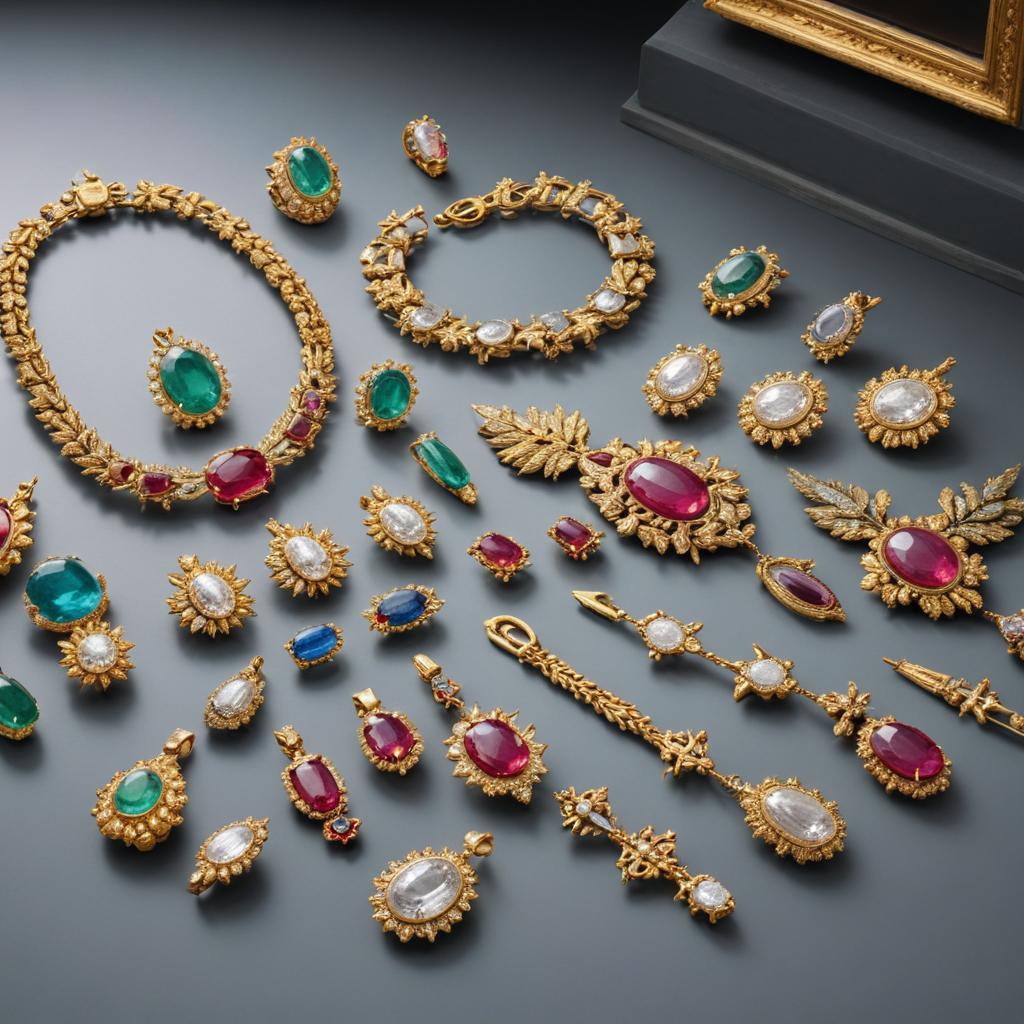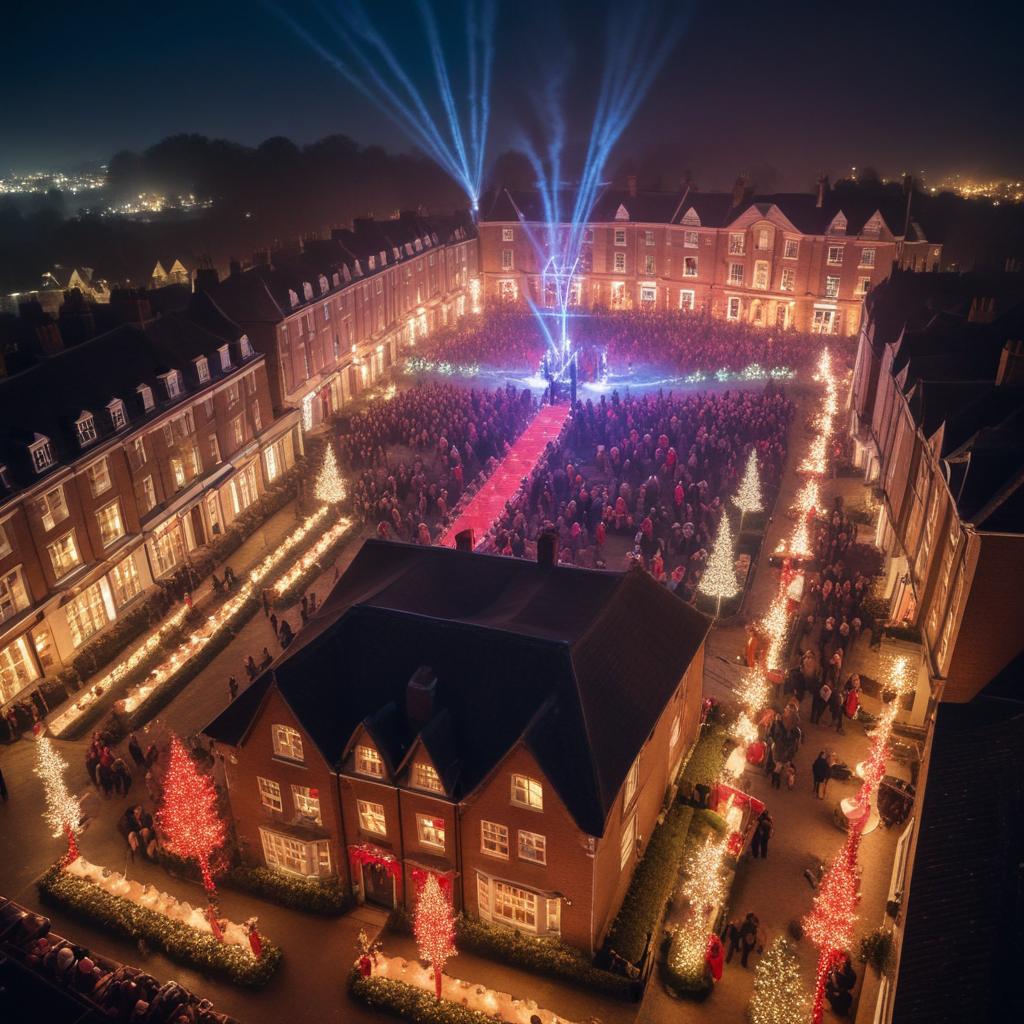A recent daylight heist at the Louvre, where eight pieces of Napoleonic jewellery were stolen, is seen by experts not as a pursuit of notoriety, but as part of a growing trend of 'smash-and-grab' thefts targeting museums for the material value of precious stones. Museums are increasingly vulnerable compared to better-protected luxury stores, facing challenges from historic building constraints and post-pandemic budget cuts. The stolen items are likely destined to be melted down, as selling them intact would be impossible due to their immediate identifiability.
In a daring daylight raid, eight priceless pieces of Napoleonic jewellery were stolen from the Louvre Museum, with thieves escaping on scooters. Art crime experts suggest this isn't a quest for international fame, but rather the latest in a decade-long pattern of 'smash-and-grab' thefts driven by the material value of precious stones and metals. They argue that museums, being public institutions in historic buildings and facing post-Covid budget cuts to law enforcement and culture, are now more vulnerable than heavily-guarded luxury stores like Cartier. The stolen items, including necklaces with sapphires and diamonds, and Empress Eugénie's tiara, draw comparisons to other recent high-value thefts like Dresden's Green Vault or the Blenheim Palace gold toilet, all motivated by material worth. Experts believe the thieves will struggle to sell such identifiable pieces intact on the licit market. Instead, the jewels are likely to be melted down or re-cut in places with diamond expertise, like Israel or Antwerp, to eliminate evidence, despite reducing their value. The heist has highlighted significant security flaws at the Louvre, with reports citing delayed equipment updates and inadequate camera coverage. Protecting historic buildings poses unique challenges, as modern security features like bulletproof glass or seismic detectors are difficult and expensive to install without damaging historical integrity. The timing of the theft, during a guard shift change and before peak visitor hours, is typical for such crimes. While technology aids both security and thieves, the Louvre's security ultimately suffers from a lack of political will and funding, with a focus on crowd control over rapid-response security units.



